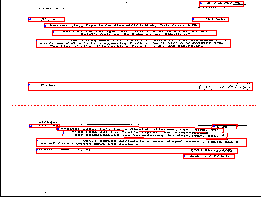 |
 |
|
||||||||||||||||||
|
||||||||||||||||||
| Case Studies | |
 |
|
|
Case: Document Conversion and Tagging Developing solutions for converting images into an electronic format Case Summary In the face of rapid advances in digital technology, most enterprises are beginning to recognize the benefits of evolving their business practices and establishing themselves over the Internet. In order to facilitate online trading, traditional businesses such as publishers, libraries, and image stockists are increasingly converting their products such as books and images in to an electronic format. In order to tide over complexities related to compatibility issues, a prescribed industry standard has been adopted when converting a work into the electronic format. The Open eBook (OEB) forum is an international trade and standards organization for the electronic publishing industries. The OEB has developed a standard that enables electronic libraries round the world to store their products in an accepted XML/HTML-based format. The Client The client is a leading image stockist who maintains a unique pictorial archive of mythological and symbolic images. The Technology Imaging, XML/HTML Client Description The client has a collection of over 13,000 images that illustrate the occurrence of archetypal themes across the cultures of the world. The images are stored as catalogues. These image catalogues have further been annotated and cross-referenced to enable easy scholarly reference. The Challenge Over time, the client's collection has evolved into a diverse array of images ranging from old handwritten text to block print. The client was keen on converting the entire range of images into a standard electronic format. The Solution
The Benefits
Top. |
|
